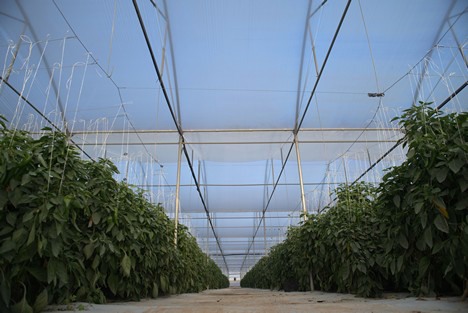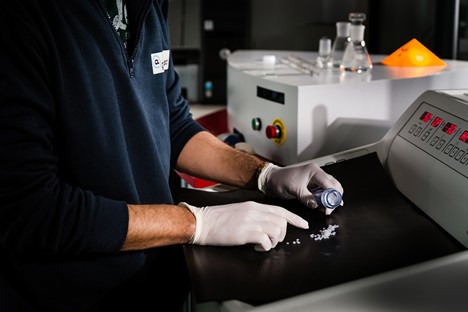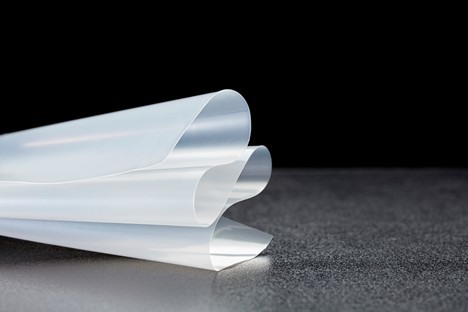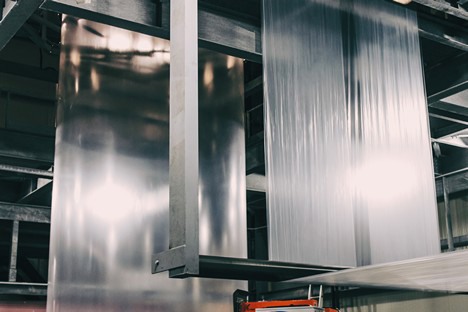Diffused light films are a popular way to obtain optimal temperature control in climatic areas characterized by high solar radiation. "Diffusion has various positive effects on cultivation, especially that of reducing the active energy of incoming radiation. Reducing active energy is in fact what enables the control of excessive heat, thus obtaining an effective microclimate control," the team with Agriplast says.

They explain how this effect is obtained by inserting solid particles inside the film's polymer matrix: the most common are mineral loads, of which there are many types.
"Particles deviate incoming sun rays so that they do not hit the crop directly and damage it. In addition to influencing incoming radiation, diffused light films also have an effect on outgoing radiation, as they maintain the heat accumulated during the day for longer during the night, avoiding drastic changes in temperature", they explain.
However, diffusion does have a negative aspect: as mineral loads become more concentrated, the amount of sun rays rejected by the film increases, meaning there is a loss of light inside the greenhouse.

Thanks to considerable investments in R&D, Agriplast has developed a solution for this problem and has created a new type of mineral loads, thinner than those commonly used. "Combined with another film with a high EVA (Ethylene-vinil acetate) content, we have given life to a product with exceptional characteristics that can combine excellent temperature control with great brightness."

The film is called Aralux and, on top of having a high light transmittance, it is characterized by diffusion and IR barrier values far above those of traditional diffused light films, creating a microclimate that stimulates photosynthesis.
"Better light conditions have a beneficial effect on the entire climate: increased photosynthesis, reduced internode distance, increased and earlier production. These are just few of the advantages that derive from using this plastic film, which helps improve the quality and shelf-life of the fruits as well," the team adds.

The film was originally developed to help growers bring forward the harvesting of blueberries, but has become an exceptional solution for all types of crops in areas with a high solar radiation.
For further information: ![]()
Agriplast SPA
Via Filippo Bonetta 35
97109 - Vittoria (RG) - Italy
+39 0932 997211
enrico.garrasi@agriplast.com
www.agriplast.com
